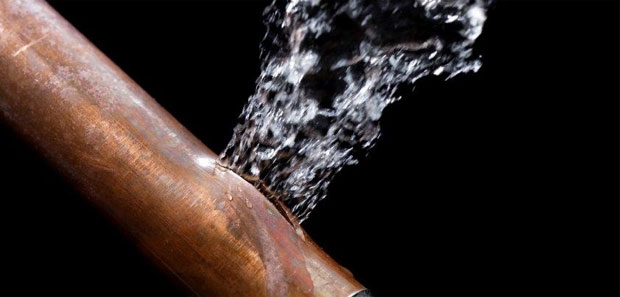Woodstoves FAQs
The local authority having jurisdiction, also known as the building inspector, has indicated that all wood-fired appliance installations require a building permit. This ensures the installation meets local building codes and also allows for a WETT inspection if required by your insurance carrier.
A certified appliance refers to a designation affixed to the appliance by means of a a label. This label is provided by the company that has "certified" the appliance in terms of function and clearance to combustible materials.
First and foremost, it is important to understand that WETT inspectors do not have any authority to prevent you from using your wood appliance; an Inspectors sole purpose is to inspect and advise.
It is not mandatory to have an inspection done. However, your Insurance carrier will require an inspection upon renewal of your policy
WETT is a a national standard that is now applied to all wood-fired installations. WETT is an acronym for Wood Enengy Technology Transfer, a non-profit association that promotes the safe and effective use of wood appliances. WETT certified inspectors have taken a comprehensive week long course and are required to maintain their certification by way of an upgrade course every five years.
All EPA approved woodstoves have some form of a re-burn system engineered into the stove. Some use Catalytic combustion technology and others use a secondary burn technology. Both work very well but differently.
Pellet stoves are essentially forced air space heaters and require electricity; Wood stoves are radiant/convection heaters and do not. Both wood stoves and pellet stoves work much better when installed with the intent to heat the floors space in which they are located but the wood stove tends to be far more common as a whole house heating appliance due to its heating properties





